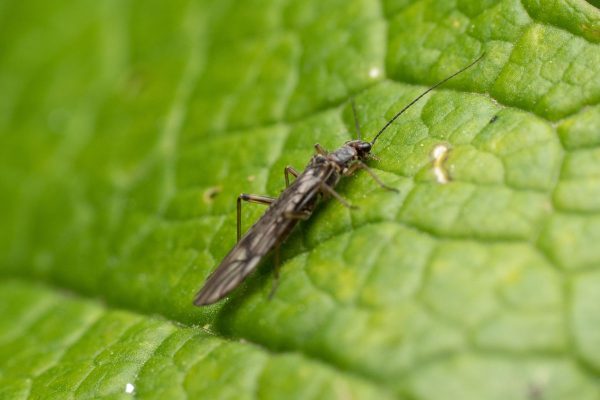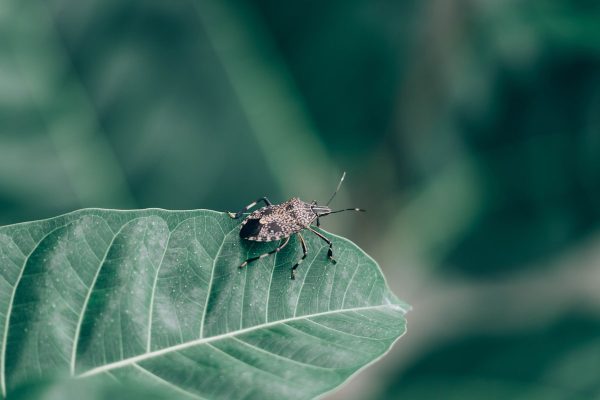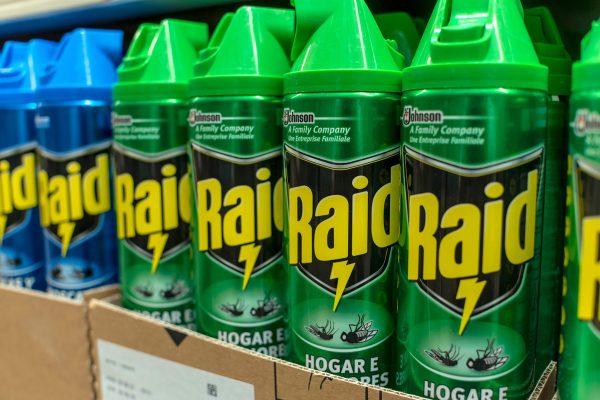When you open a package of dry food, you might be greeted with a flurry of Indian meal moths. If you have some diatomaceous earth in your home, you may wonder if you can use this product to kill those insects. We researched this concern for you and here’s what we found.
Diatomaceous earth can kill Indian meal moths. You need to apply a substantial amount of this food-grade material for it to get rid of the pantry moths effectively.
Aside from diatomaceous earth, you have other options that may help in controlling your Indian meal moth problem. So continue reading to learn about these alternate solutions. We’ll also tackle other relevant information, such as how to know if you have an Indian meal moth infestation.
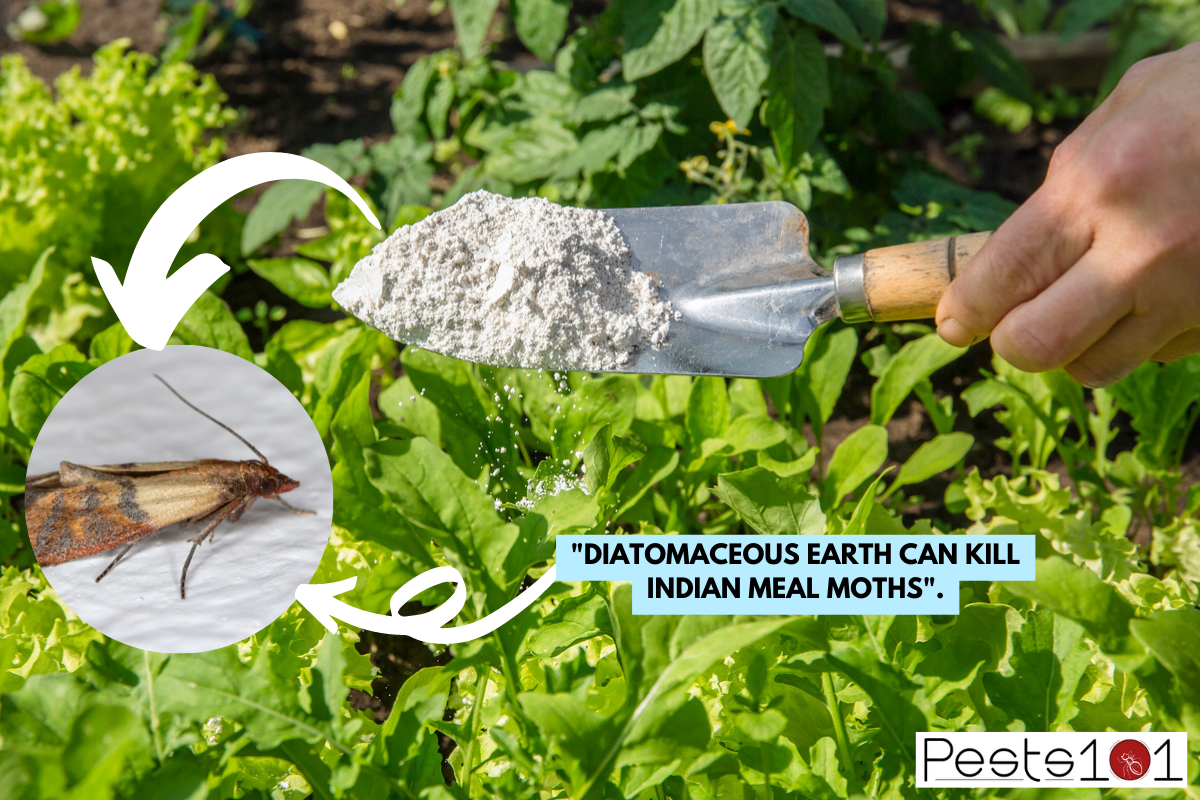
How To Kill Indian Meal Moths?
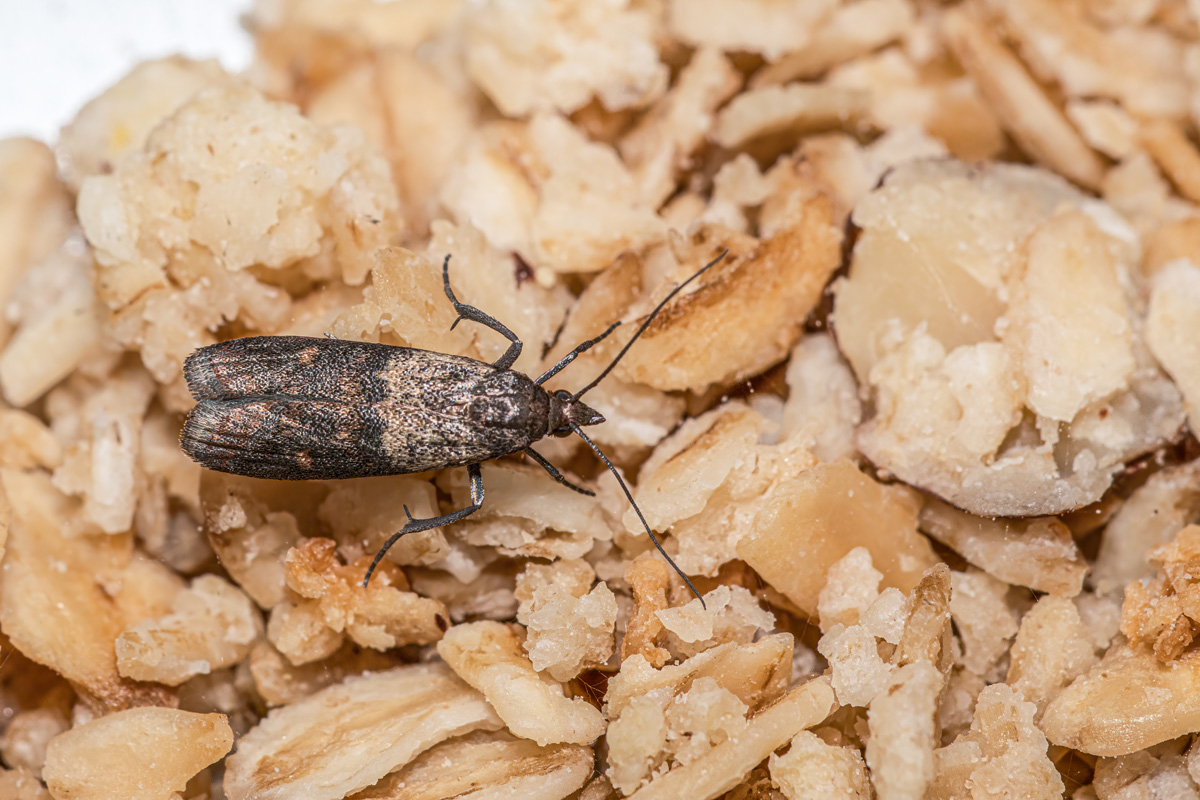
Also called pantry moths, Indian meal moths are quite vulnerable to certain pest-control methods. Some possible solutions that may help in controlling and eliminating these insects are:
Diatomaceous Earth
Diatomaceous earth comes from the remains of ancient, freshwater algae generally found in lakes and riverbeds. This organic, food-grade material can help eliminate a broad range of insects, including Indian meal moths.
Take note that diatomaceous earth application to kill Indian meal moths takes time work. Also, it’s best to apply a significant amount of this product in a strategic location as opposed to thinly spraying it over a wide area.
So find a place where Indian meal moths reside in your home like your pantry. Then sprinkle a generous amount of diatomaceous earth around the corners and edges of the space. It can also be a good idea to sprinkle this material near places with signs of pantry moth activity, such as larvae and/or webs.
Remember, Indian meal moths may return to the scene, especially if they sense food sources. So frequent reapplication of diatomaceous earth might be a requirement to help manage these insects.
Check out this product on Amazon.
Sticky Moth Trap
Sticky moth traps can be an alternate solution to using diatomaceous earth. These products generally attract male Indian Meal moths by releasing a similar pheromone to female pantry moths. Once the male insects enter the traps, it should be almost impossible for them to get out.
But sticky moth traps need careful application or they might worsen the insect problem as opposed to curing it. Some points to think about if you want to use these products include:
- Only place one trap per kitchen or pantry.
- Replace the trap after 3 months or earlier if it quickly fills with dead insects.
- Remove the trap immediately if it attracts more moths than you can handle.
Check out this product on Amazon.
Pyrid Aerosol
Pyrid aerosol is an insecticide that can help in getting rid of a broad range of insects, including spiders, wasps, and pantry moths. Application is versatile since you can use it in both indoor and outdoor environments.
Like using sticky moth traps, pyrid aerosol requires careful application for it to achieve the needed results. Some points to note are:
- Thoroughly shake the can before each application.
- Treat cracks and small gaps with the help of the straw on the nozzle.
- 10 seconds is the limit for each application.
- Apply the aerosol insecticide at a distance of 18 to 24 inches from the target.
Also, pyrid aerosol is typically safe for use around animals and humans. Pyrethrin, one of the main compounds in pyrid aerosol, typically has low toxicity. But mild irritation may occur if you exceed the recommended period for each application.
Extreme Temperatures
Indian meal moths can chew threw thin layers of paper and plastic, so it might not be uncommon to see moths scurrying in and around food bags. You can try placing the package in the freezer for 4 to 7 days to kill the pests.
Another option is to bake the larvae in an oven for 1 hour at 140 degrees Fahrenheit. An alternative would be to place the food item in the microwave for 5 minutes. The pantry moth larvae in the food package shouldn’t survive the extreme heat.
Take note that you may also need to sacrifice that infected food. You should properly dispose of the product after killing the adult pantry moths and their larvae inside the packaging.
How Do I Know If I Have An Indian Meal Moth Infestation?
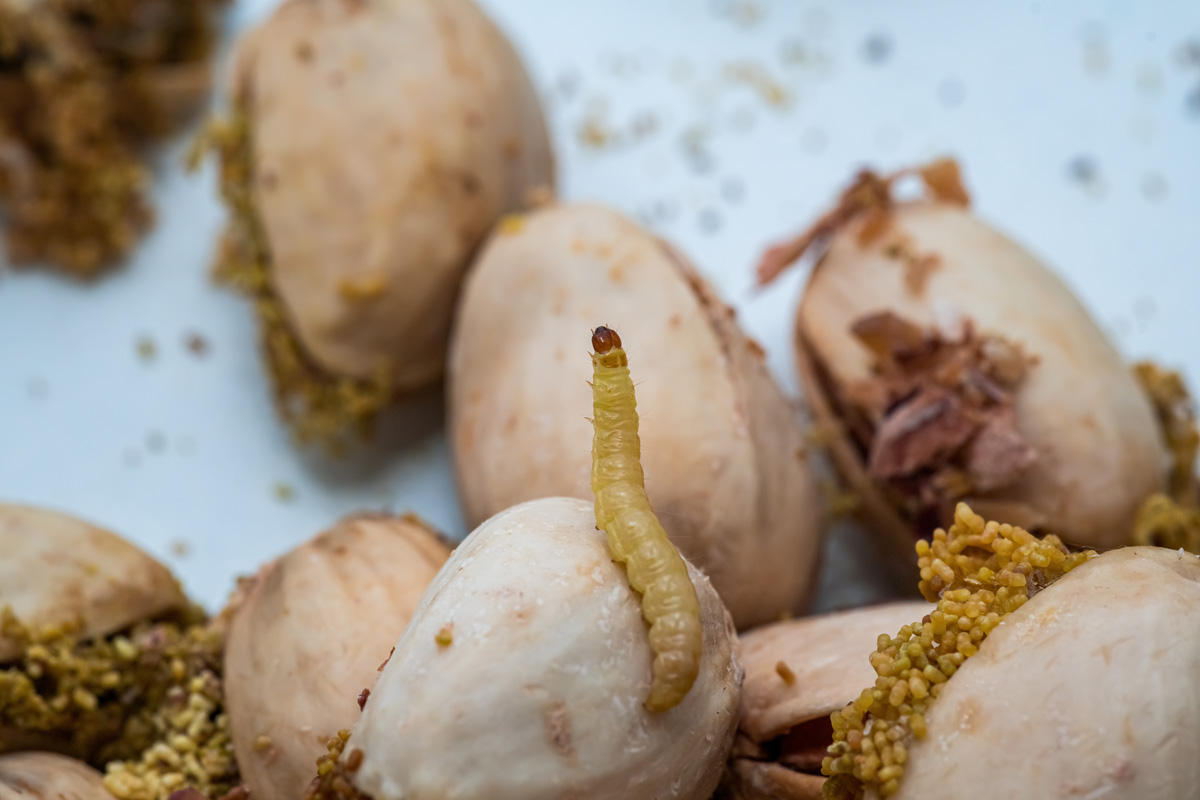
One relatively common sign of an Indian meal moth infestation is a cluster of adult pantry moths. The existence of these insects often indicates that their young are nearby.
It also takes about 2 to 7 days for the moths’ eggs to hatch. Plus, one female Indian meal moth can lay up to 400 eggs per mating cycle. It may then lead to a population explosion if left unchecked.
Another sign of an Indian meal moth infestation is the presence of spider-like webs. Although they might make you think there are spiders in the area, these webs can come from the larvae of pantry moths. Look out for webs that form zigzag patterns, as these often come from moth larvae.
What Are Indian Meal Moths Most Attracted To?
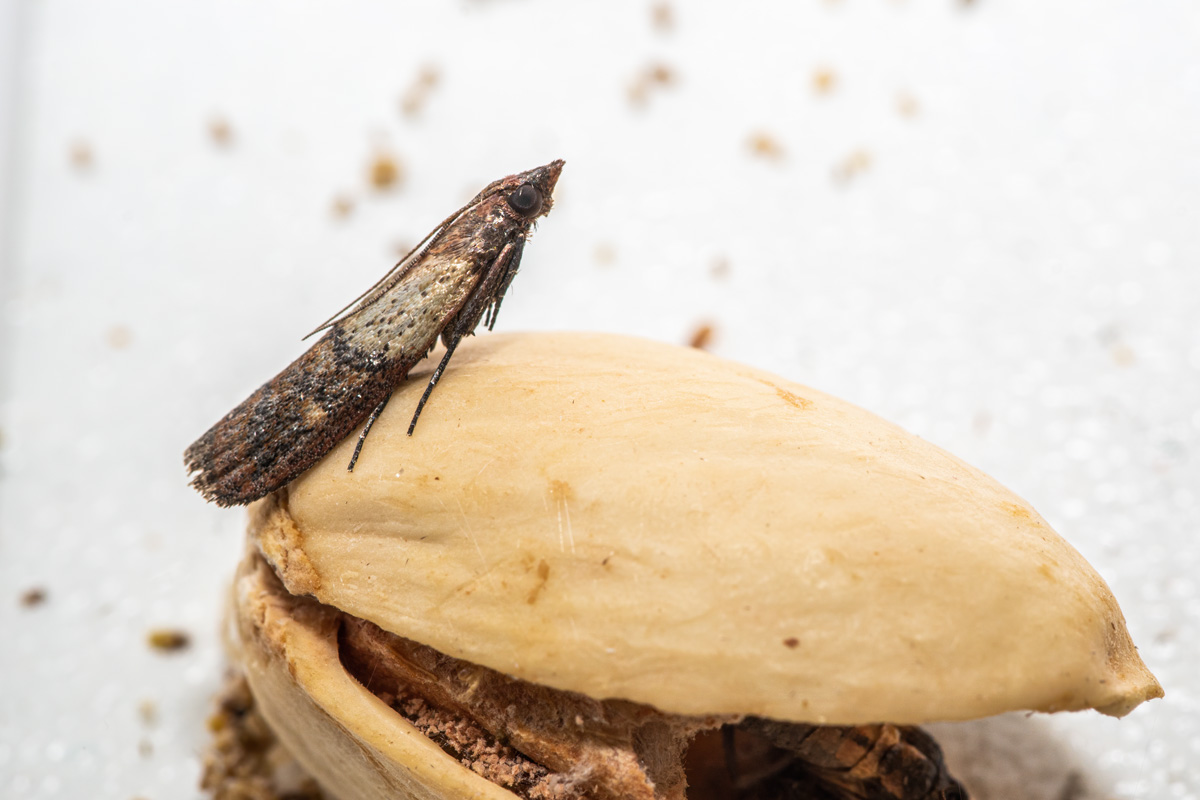
Indian meal moths often find certain food items to be appealing. Some of these products are:
- Bread
- Flour
- Pasta
- Cereals
- Various grains
Make sure that you store these food items in thick, airtight containers, particularly if Indian meal moths are fairly common in your area. Also, remember that these insects can crawl through relatively small gaps. So sealing doors and windows may help prevent a pantry moth infestation.
What Time Of Year Do Pantry Moths Come Out?
Pantry moths generally go about their business throughout the year. But these pests often become more productive in the late spring and early summer than in other seasons. This is because the warm weather in spring and summer typically helps the insects’ young to grow healthily.
Does Vinegar Repel Pantry Moths?
You can use vinegar to help deter pantry moths. The slight hint of this fairly acidic liquid may keep the insects away from food sources. Aside from plain white vinegar, you may also use other products infused with the condiment. Some examples include wine and apple cider.
However, the strong smell of vinegar might be off-putting to some users. If so, other alternatives that may help in keeping pantry moths away are lavender, lemon, mint, and eucalyptus essential oils.
Do Bay Leaves Keep Pantry Moths Away?
Bay leaves can help keep Indian meal moths and other insects away from a particular area. Aside from pantry moths, bay leaves can also aid in repelling other insects like cockroaches, houseflies, red flour beetles, and maize weevils. Putting a pot of bay leaves near food sources may also help deter mice.
Final Words
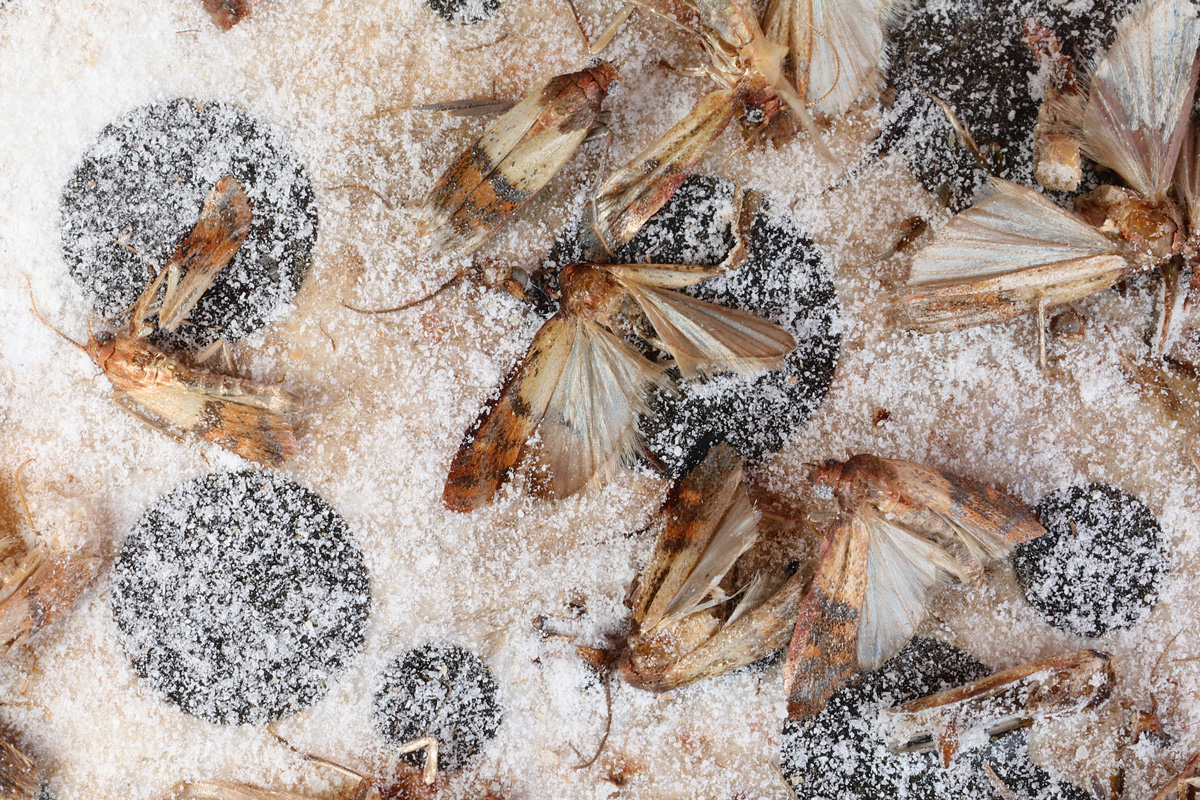
Use diatomaceous earth to help curb or eliminate the presence of Indian meal moths in your kitchen or pantry. If you don’t have access to diatomaceous earth, you can also use other products like sticky traps or pyrid aerosol. But be wary about the usage of these insect-killing solutions, as improper use may not provide you with the needed results.
If you found this post helpful and want to learn about other insect management methods, check out these other great reads:



